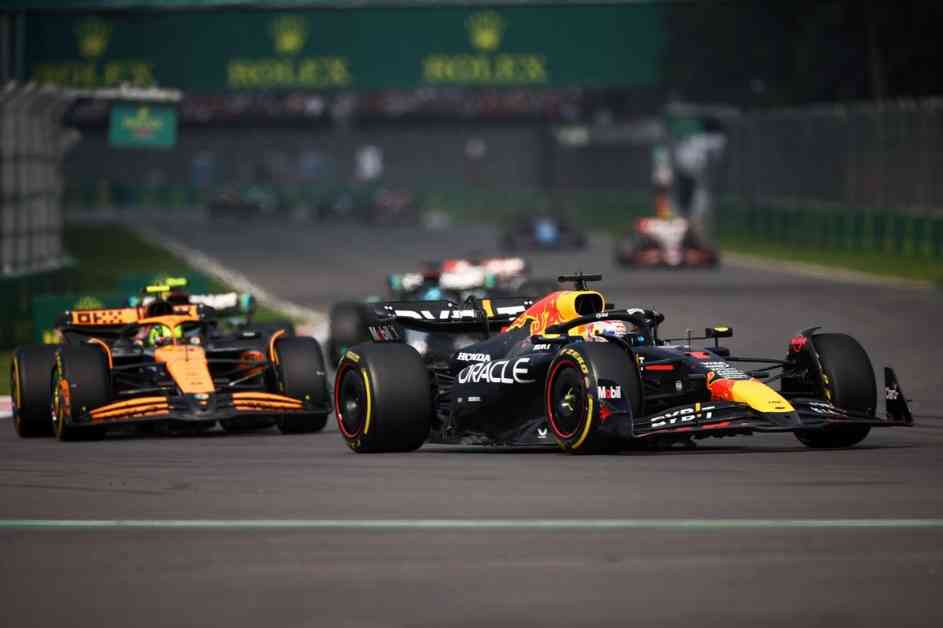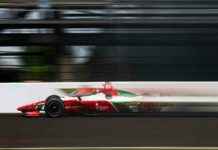Red Bull Racing, a powerhouse in the Formula 1 circuit, has found itself grappling with crucial development issues that have hindered its performance on the track. The team’s struggles with car balance problems, particularly evident during the 2024 season, have shed light on the challenges posed by correlation issues and the limitations of their current tools, including an aging wind tunnel.
The turning point for Red Bull came during the Miami round in May, when McLaren’s significant upgrades exposed the Milton Keynes-based team’s vulnerabilities. It wasn’t until the Italian Grand Prix in September that Red Bull began to unravel the mysteries behind its setbacks and implement much-needed upgrades to enhance the performance of its RB20 car, benefiting drivers Max Verstappen and Sergio Perez.
Pierre Wache, a seasoned Race Engineer at Red Bull Racing, emphasized the impact of correlation issues on the team’s development strategy. He highlighted the inherent difficulties in achieving a perfect match between the virtual and real-world performance, a challenge exacerbated by the stringent regulations and diminishing margins for improvement in Formula 1.
The complexities of aerodynamics and suspension dynamics further complicate the quest for incremental gains, making precision and accuracy paramount in the realm of F1 development. Wache underscored the delicate balance between pushing boundaries and maintaining a critical eye on the tools and methodologies employed in the pursuit of performance enhancements.
While Red Bull navigates its development challenges, McLaren’s consistent success with upgrades has not gone unnoticed. Despite Red Bull’s admiration for McLaren’s recent achievements, Wache acknowledged the unpredictable nature of F1 development and the need for constant vigilance in anticipating and addressing potential hurdles.
Looking ahead, Red Bull’s transition to a new wind tunnel in 2026 presents both opportunities and risks as the team strives to refine its correlation processes and optimize its development trajectory. Wache’s pragmatic approach underscores the importance of embracing skepticism and doubt as catalysts for growth and innovation in the competitive landscape of Formula 1.
In a sport where success hinges on relentless pursuit of excellence and adaptation to evolving challenges, Red Bull’s journey serves as a testament to the resilience and determination required to thrive at the pinnacle of motorsport. As the team continues to fine-tune its strategies and technologies, the lessons learned from their development trials will undoubtedly shape their future endeavors on the race track.












